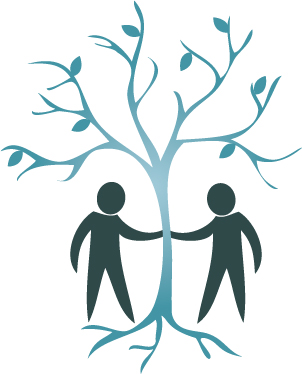Physical Changes
- Weight loss, pale face, circles under eyes
- Red eyes (or frequent use of eye drops)
- Unexplained skin rashes
- Persistent cough, frequent colds
- Changes in sleep and/or eating patterns
- Deterioration in personal hygiene
- Odour of alcohol or other drugs
- Obvious intoxication
Behavioural Change
- Increased need and use of money
- Quitting or getting fired from jobs
- New friends, lying secretiveness, mysterious phone calls
- Attendance problems at work or school
- Drop in performance at work or school
- Accidents at work or school
- Mood swings (e.g. angry outbursts, sadness/depression or elated mood)
- Verbal and/or physical abuse of family members
- Spending more time alone
- Quitting hobbies or extracurricular activities
- Theft and missing valuables, alcohol or medication
Items to Look for:
- Alcohol and other drugs in possession
- Mouthwash, breath sprays or eye drops
- Thinners, tippex or other solvents (indicates inhalant abuse)
- Bank bags, rolling papers (rizla, etc), broken glass bottle tops, pipes of various shapes and sizes, pieces of tinfoil, mirrors, razor blades, small screens or burnt spoons
- Seeds (from dagga plants)
- Incense burning
- Burns or stains on hands and clothing
Some of the above symptoms may be due to other reasons besides drug use, such as sexual abuse. Adolescence is also a time of physical changes as well as changes of your role in society. To a degree some of the above symptoms may be completely normal for an adolescent. Substance abuse normally results in a substantial change in a whole range of behaviours.
